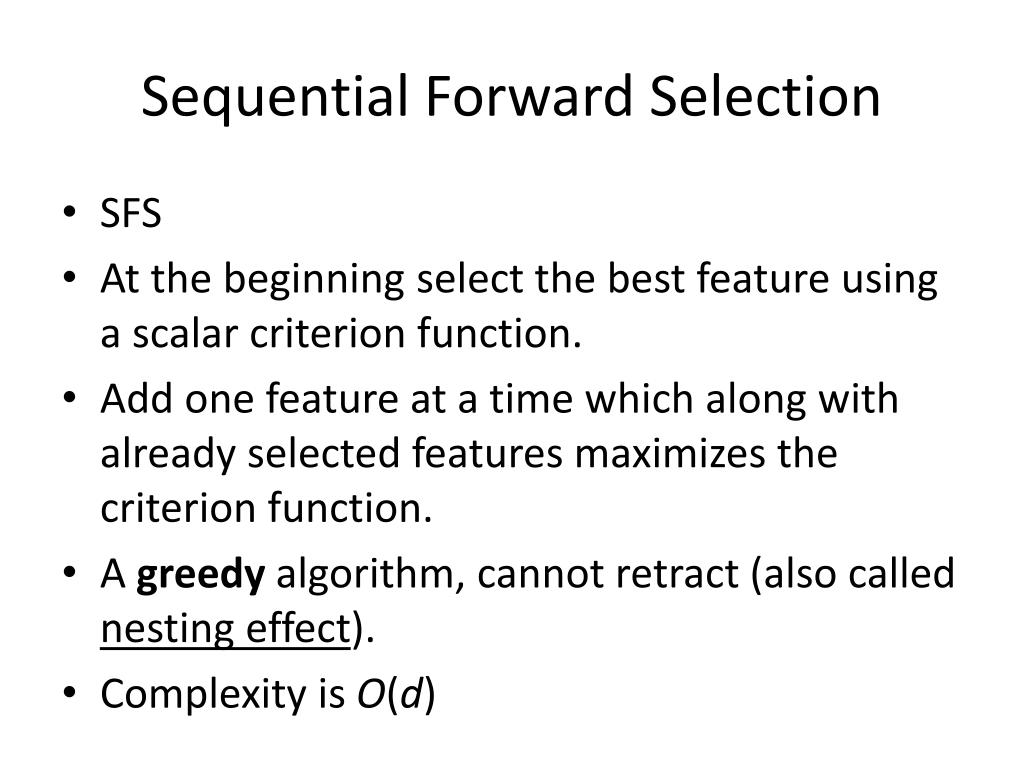


An ArithmeticSequence as constructed by the Eigen::seq, Eigen::seqN, or Eigen::placeholders::lastN functions. Well start with a quick, non-comprehensive overview of the fundamental data structures in pandas to get you started.The symbol Eigen::all representing the whole set of respective rows or columns in increasing order. import numpy as np Alter dimensions as needed x,y 3,4 create a default array of specified dimensions a np.arange (xy).reshape (x,y) print a print a.diagonal returns the top-left-to-lower-right diagonal 'i' according to this diagram: 0 1 2 3 4.A scaling factor (e.g., 1.25mean) may also be used. Each array must match the size of x0 or be a scalar, in the latter case a bound will be the same for all variables. mean), then the threshold value is the median (resp. Features whose absolute importance value is greater or equal are kept while the others are discarded. An integer indexing a single row or column, including symbolic indices. The threshold value to use for feature selection.In particular, it supports slicing that consists in taking a set of rows, columns, or elements, uniformly spaced within a matrix or indexed from an array of indices.Īll the aforementioned operations are handled through the generic DenseBase::operator()(const RowIndices&, const ColIndices&) method. It supports all the feature proposed by the block API, and much more. It should be of the appropriate shape and dtype. Contrast this with a classification problem, where the aim is to select a class from a list of classes (for example, where a picture contains an apple or an orange, recognizing which fruit is in the picture). Advertisements First of all, let’s import numpy module i.e. Elements to select can be a an element only or single/multiple rows & columns or an another sub 2D array.
#Get selection of non sequential columns as matrix np how to#
outarray, optional If provided, the result will be inserted into this array. Download notebook In a regression problem, the aim is to predict the output of a continuous value, like a price or a probability. In this article we will discuss how to select elements from a 2D Numpy Array. Real-life data sets are messy and often include a lot of extra (potentially unnecessary) columns. For example, Titanic has 8, Iris has 4, and Boston Housing has 14. For a two-dimensional vector space, the transformation matrix is of order 2 x 2, and for an n-dimensional space, the transformation matrix is of order n x n. This API has been introduced in Eigen 3.4. If choices is itself an array (not recommended), then its outermost dimension (i.e., the one corresponding to choices.shape 0) is taken as defining the sequence. Why Do We Care About Selecting Columns In many standard data science examples, there are a relatively small number of columns. The transformation matrix T of order m x n on multiplication with a vector A of n components represented as a column matrix transforms it into another matrix representing a new vector A'. This page presents the numerous possibilities offered by operator() to index sub-set of rows and columns.


 0 kommentar(er)
0 kommentar(er)
